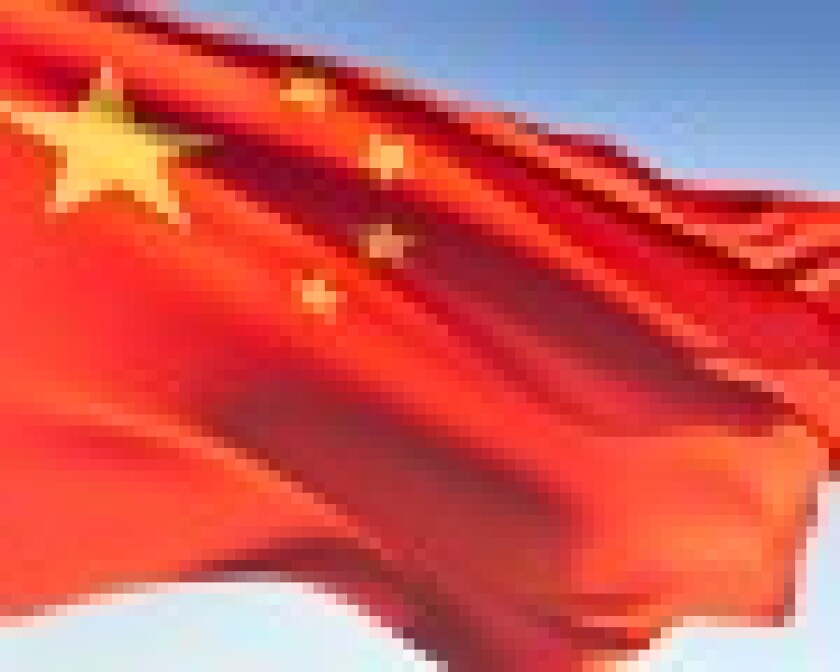The measures, to be piloted in Shanghai from January 1 2012, will see VAT and business tax merged into a single tax. As such, it will shift the burden of taxation from businesses to consumers and will be a welcome step for corporate taxpayers.
"This reform will have far-reaching implications for domestic and foreign suppliers of goods and services in China, affecting overall tax burdens and the allocation of tax burdens in the supply chain and in some cases prompting changes in business models that suppliers have adopted for China," said Jon Eichelberger of Baker & McKenzie.
VAT rates, at present 17% and 13%, will be cut for a number of different industries.
Transportation services will have their rate reduced to 11%, while R&D, IT, cultural, creative, logistic, ancillary, certification and consulting services will all have their rates slashed to 6%.
Leasing of tangible movable property will remain at 17%. Financial services, real estate and construction services will remain outside the scope of the reform, although provisions have been made to incorporate financial services into the VAT system in the future.
Issues may arise over what tax is due where in cases where it is difficult to determine where services take place while the reform remains limited to the Shanghai pilot.
“Quite clearly, businesses subject to the pilot program need to actively engage both internally with key stakeholders, and externally with their advisers, to prepare for the reforms,” said an alert from KPMG.
Despite the geographical limitation of the pilot programme, and its limitation to certain industries, it is expected to inform nationwide reform.
VAT incentives for software
The Chinese tax authorities have also defined the scope of indirect tax incentives that have been put in place to encourage the country's IT sector.
The State Administration of Taxation (SAT) has previously granted VAT refunds, or preferential rates of VAT, on software products. However the impact of these incentives has been limited by a lack of clarity about what counts as a software product.
Circular 100, which applies retrospectively to the beginning of the year, has made clear that VAT refunds apply to computer software and information systems, but also to embedded software - software that is designed for machines such as aircraft, cars and other hardware whose function is not primarily that of a computer.
At the same time, there remains some ambiguity as to whether software companies are liable to pay corporate tax on the VAT refunds they receive.










